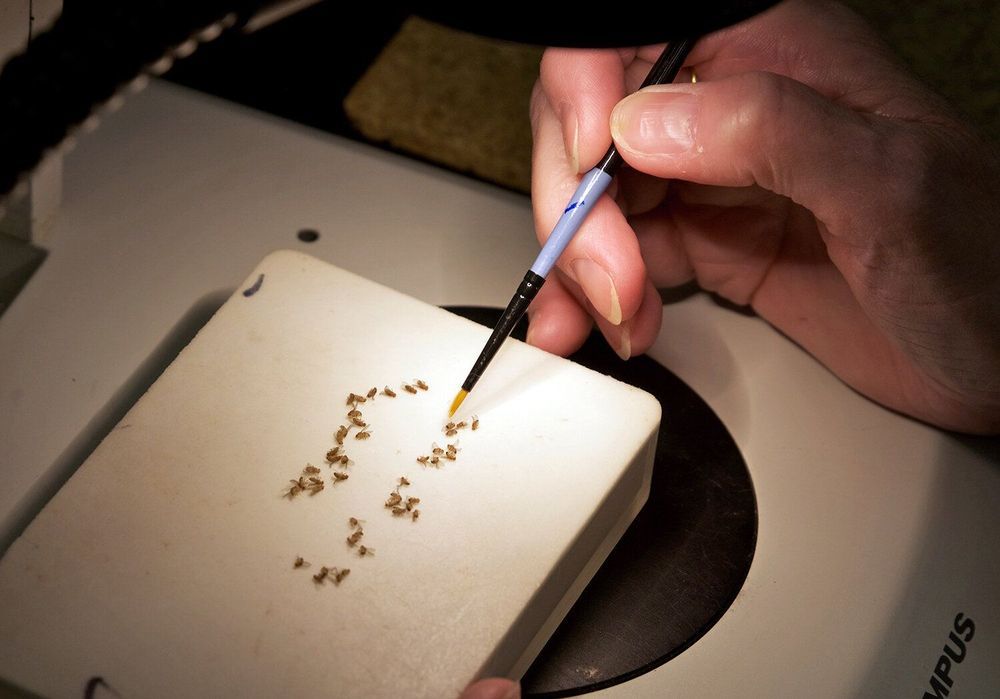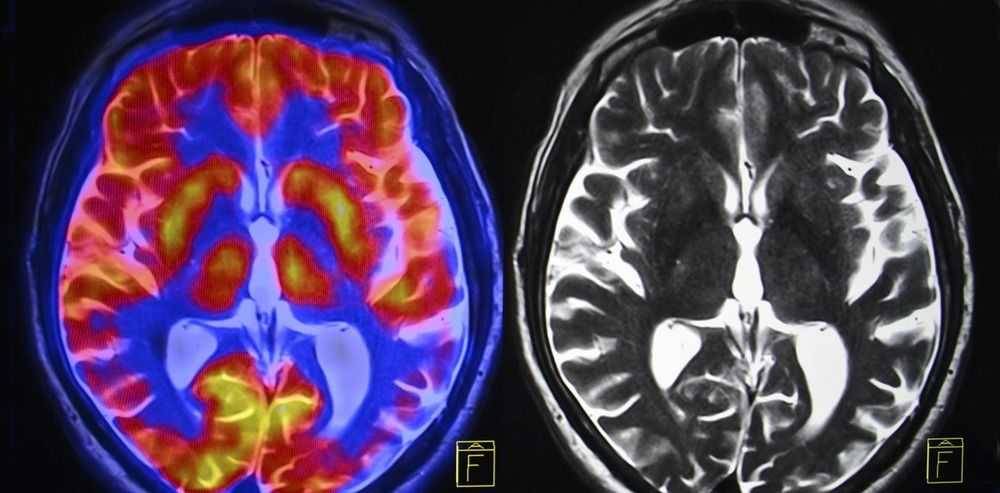
Morello and colleagues studied an antimony nucleus embedded in silicon. The larger antimony nucleus has higher spin than phosphorus. So, in a magnetic field, it has not just two basic states but eight, ranging from pointing in the same direction as the field to pointing in the opposite direction.
In addition, the distribution of electric charge within the nucleus isn’t uniform, with more charge around the poles than the equator. That uneven charge distribution gives experimenters another handle on the nucleus in addition to its spin and magnetism. They can grab it with an oscillating electric field and controllably ease it from one spin state to another or into combinations of any two. All it takes is applying an electric field of the right frequency with a simple electrode, the researchers report.
The researchers discovered the effect by accident, Morello says. For reasons that have nothing to do with quantum computing, they had wanted to study how the antimony nucleus embedded in a silicon chip would react to jolts of the oscillating magnetic field generated by a wire on the chip. But the wire melted and broke, turning the current-carrying wire into a charge-collecting electrode that instead generated an oscillating electric field.


















